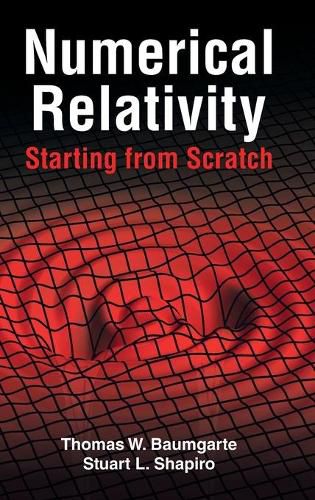Readings Newsletter
Become a Readings Member to make your shopping experience even easier.
Sign in or sign up for free!
You’re not far away from qualifying for FREE standard shipping within Australia
You’ve qualified for FREE standard shipping within Australia
The cart is loading…






Numerical relativity has emerged as the key tool to model gravitational waves - recently detected for the first time - that are emitted when black holes or neutron stars collide. This book provides a pedagogical, accessible, and concise introduction to the subject. Relying heavily on analogies with Newtonian gravity, scalar fields and electromagnetic fields, it introduces key concepts of numerical relativity in a context familiar to readers without prior expertise in general relativity. Readers can explore these concepts by working through numerous exercises, and can see them ‘in action’ by experimenting with the accompanying Python sample codes, and so develop familiarity with many techniques commonly employed by publicly available numerical relativity codes. This is an attractive, student-friendly resource for short courses on numerical relativity, as well as providing supplementary reading for courses on general relativity and computational physics.
$9.00 standard shipping within Australia
FREE standard shipping within Australia for orders over $100.00
Express & International shipping calculated at checkout
Numerical relativity has emerged as the key tool to model gravitational waves - recently detected for the first time - that are emitted when black holes or neutron stars collide. This book provides a pedagogical, accessible, and concise introduction to the subject. Relying heavily on analogies with Newtonian gravity, scalar fields and electromagnetic fields, it introduces key concepts of numerical relativity in a context familiar to readers without prior expertise in general relativity. Readers can explore these concepts by working through numerous exercises, and can see them ‘in action’ by experimenting with the accompanying Python sample codes, and so develop familiarity with many techniques commonly employed by publicly available numerical relativity codes. This is an attractive, student-friendly resource for short courses on numerical relativity, as well as providing supplementary reading for courses on general relativity and computational physics.